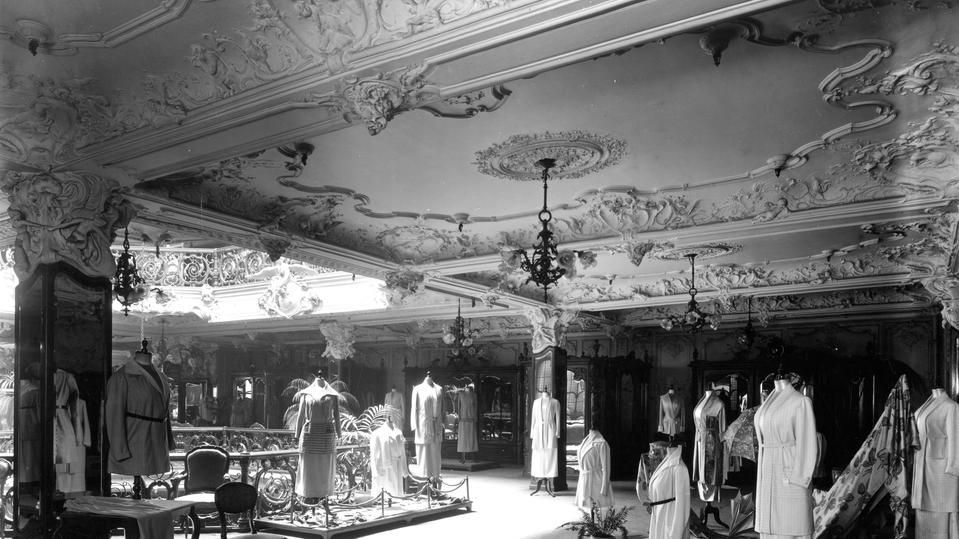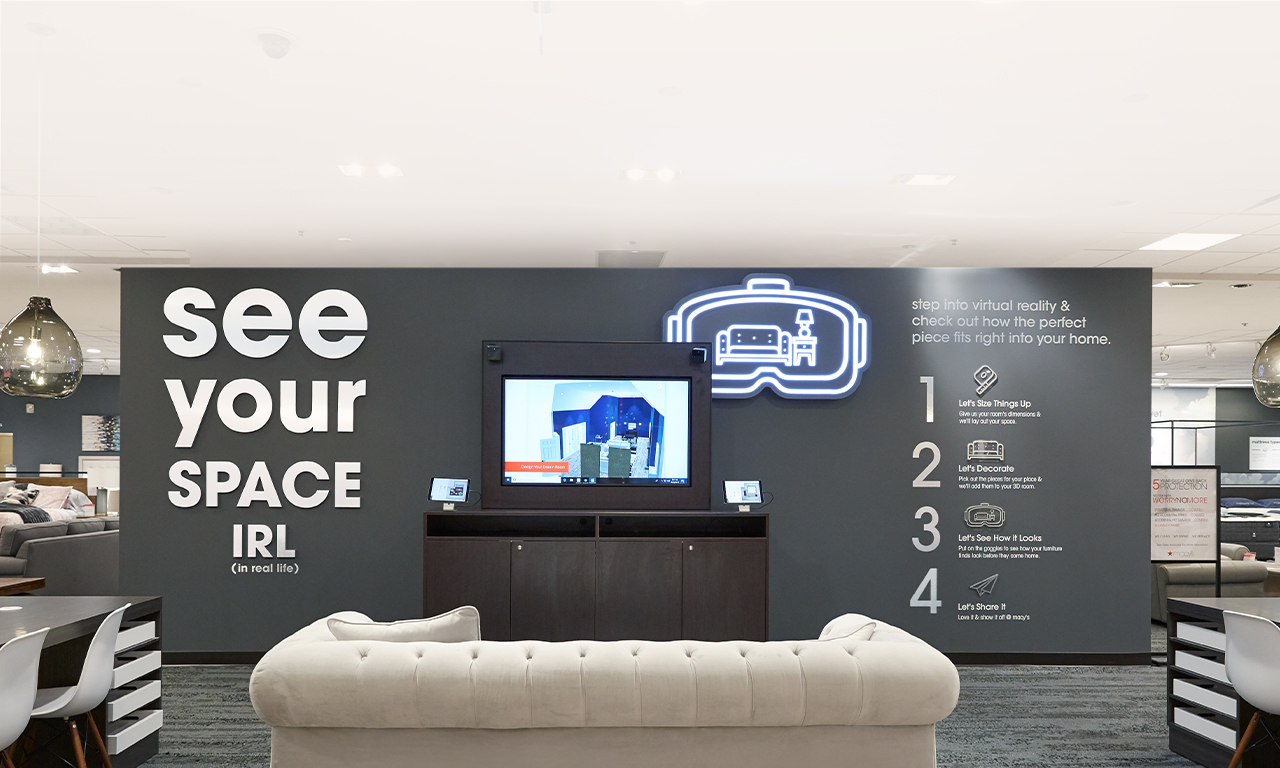Offering a range of consumer goods, department stores have been the main High Street allurement for centuries. Recently, however, many big-box stores that once attracted crowds of enthusiastic shoppers close locations or file for bankruptcy and we can’t help but wonder: what happened that so drastically rocked their success? Was it the inability to maintain quality while scaling the business? The growth of online shopping, or perhaps even the lack of innovation?
With the retail apocalypse shaking the industry, and e-commerce and fast fashion being the popular scapegoats, many are curious about the future of department stores. However, instead of looking at all the things that went wrong, let’s take a moment to reflect on department stores that beautifully adapted to this transitional period and used it as an opportunity to redesign the concept of department store shopping. Before looking into the steps they took to stay afloat, exploring the history of department stores can help understand the secret of their popularity.
The birth of department stores
The first department stores appeared in the 19thcentury in London, Paris and New York, permanently redefining the shopping experience. Developed to fulfill the needs and desires of fashionable women, department stores allowed women to browse and shop free, away from home and the company of men. Interestingly enough, the prominent phrase "The customer is always right" was also coined in this time by Harry Gordon Selfridge, the owner of the famous British department store company Selfridges.
Looking back at department stores in the past, there is a clear presence of personalization and experience. Before, shoppers would walk into stores and receive individual attention from familiar retailers. Moreover, department stores would offer unique and innovative experiences that would differentiate them from other department stores. As an illustration, the biggest US department store Macy’s would organize Flower Shows, Harrods would sell alligators, and customers would be rewarded through exclusive credit via store cards. Nowadays, in contrast, department stores do not use their full potential to offer a unique shopping experience. Many of them keep the same look and feel for years, giving the impression they purposely withstand from using the full potential of technology.

It’s all about the experience
However, with findings from a recent shopping survey showing that the lack of experience is one of the top two shopper turn-offs (besides the lack of knowledge among staff), department stores should urgently start implementing this element in their strategies. Luckily, several department stores are engaging their shoppers in unique, enticing ways and sharing their ideas can hopefully guide others.
One good example of experience development is the work of the famous Galeries Lafayette who has collaborated with Studio GGSV to present a multisensory installation through a fairy-tale themed exhibition. To offer personal experience, they have also introduced personal shoppers several years ago to give their visitors individual care. Another department store which has successfully been emphasizing the community feeling is the Piccadilly-based Fortnum & Mason, who organize Christmas workshops during the holiday season. When looking at department stores that use full tech potential, Macy’s is doing a great job by introducing virtual reality showrooms where shoppers can build a 3D replica of their living room.
Although community building and immersive experience have a bigger impact on shoppers, retailers can already start implementing new tactics using simple tools as click-and-collect, in-app checkouts and touchscreens with online sites.

Bad navigation is more dangerous than you think
In the past, department stores were built around the concept where consumers would visit looking for inspiration. Thus, the stores would have widespread aisles and a lot of distance between merchandise. Nowadays, however, shoppers often come to the store with a predetermined idea of what they want to buy. They have already done their research online and the only thing that is left is finding the item in the store, preferably with no hassle.
In today’s department stores, there is a trend of displaying more products in a smaller place, which naturally leads to navigation issues. Hence, when designing department stores, one should keep in mind that the easier it is for a shopper to find the item they are looking for, there is a better chance they will rely on this convenience in the future. As confusing navigation is one of the most common frustrations in department stores, one of the basic steps department stores can do is to put updated navigation signs and in-store guidance. However, when navigating the shopper, there are several rules to keep in mind and offering structured information when developing a navigation system is necessary. In short, if the signs are badly positioned, people will not pay attention to them.
In addition, retailers should familiarize themselves with the fact that there are two necessary types of navigation, spatial and intellectual. Spatial navigation will help the shopper understand where she is going while intellectual navigation will help her understand what to do in the sales area, and where are the products she is looking for. Besides keeping the two separate, navigation signs should be easily understandable and recognizable, and the volume of information limited. Using consistent design, retailers can help shoppers navigate by the principle of repetition: shoppers will easily remember signs they have seen multiple times.
When working in retail, implementing efficient navigation and providing unique experience are necessary elements for success. For this reason, make sure to apply these two tactics as this will lead to an improved shopping experience and better flow in department stores.
Are you curious to learn more? Through our integrated decision-making platform at StoreDNA, we help you deliver dramatically improved performance through better product assortments, store layouts, visual merchandising, and associate optimization. Learn more here.